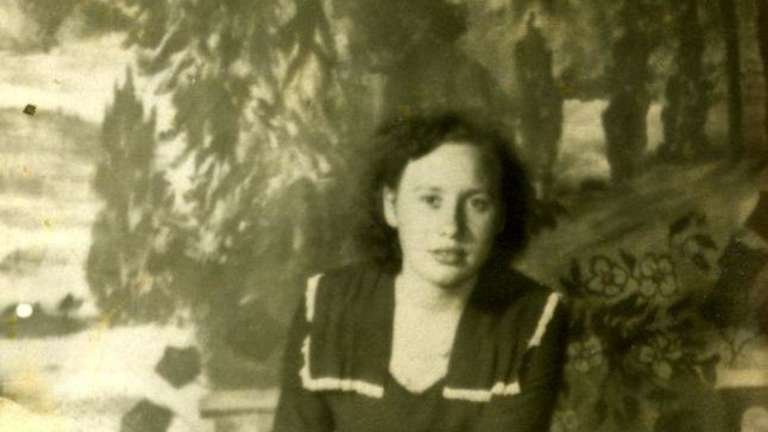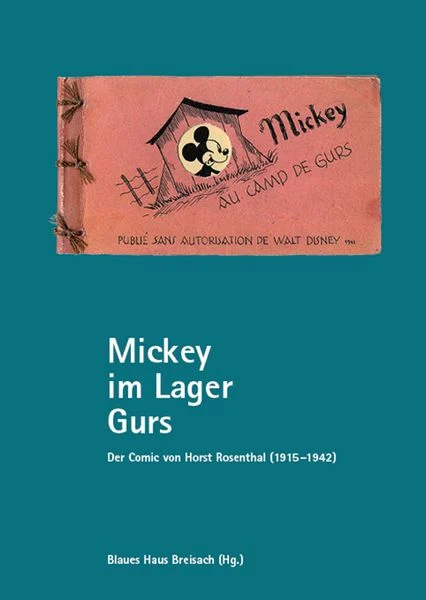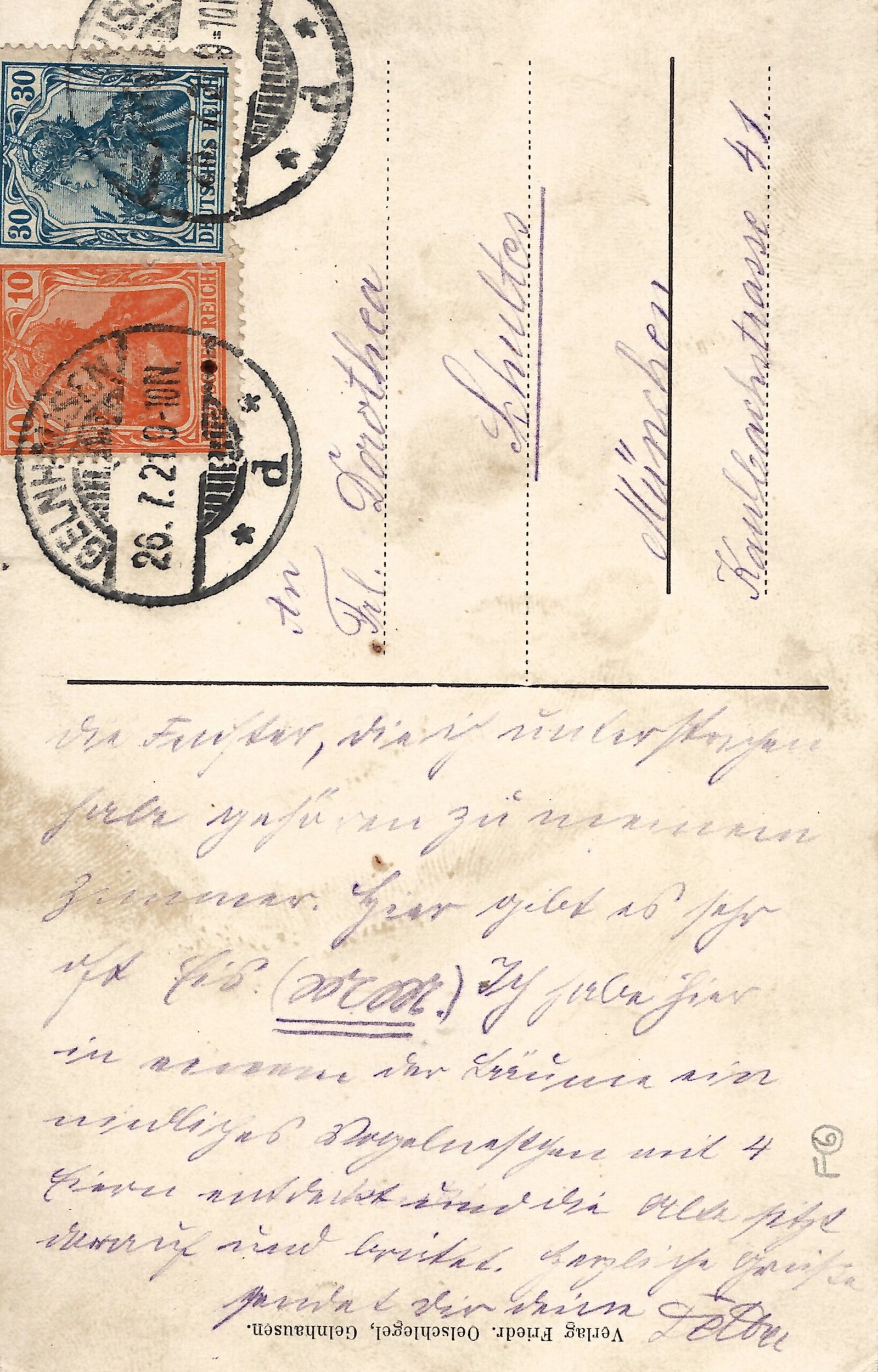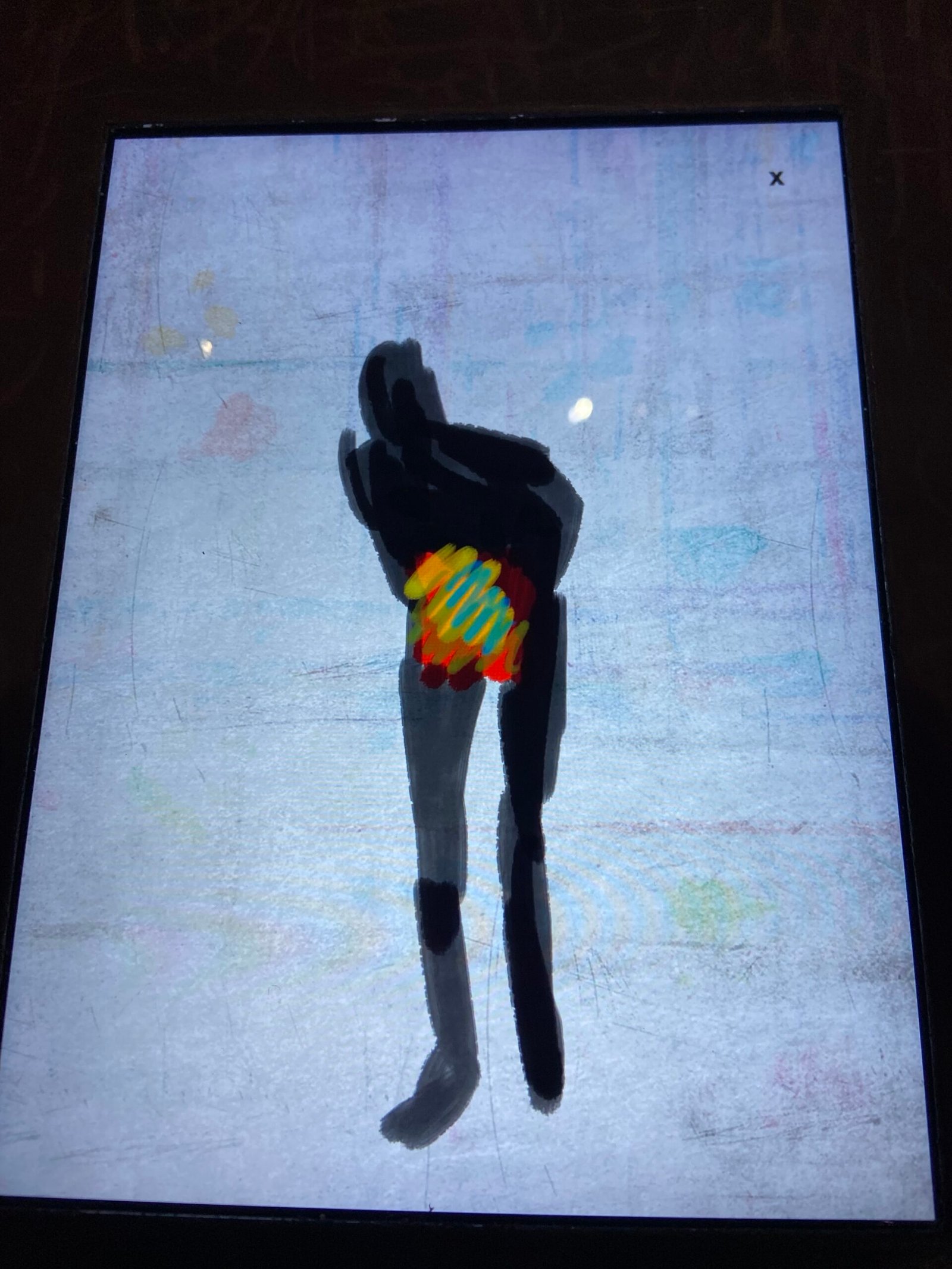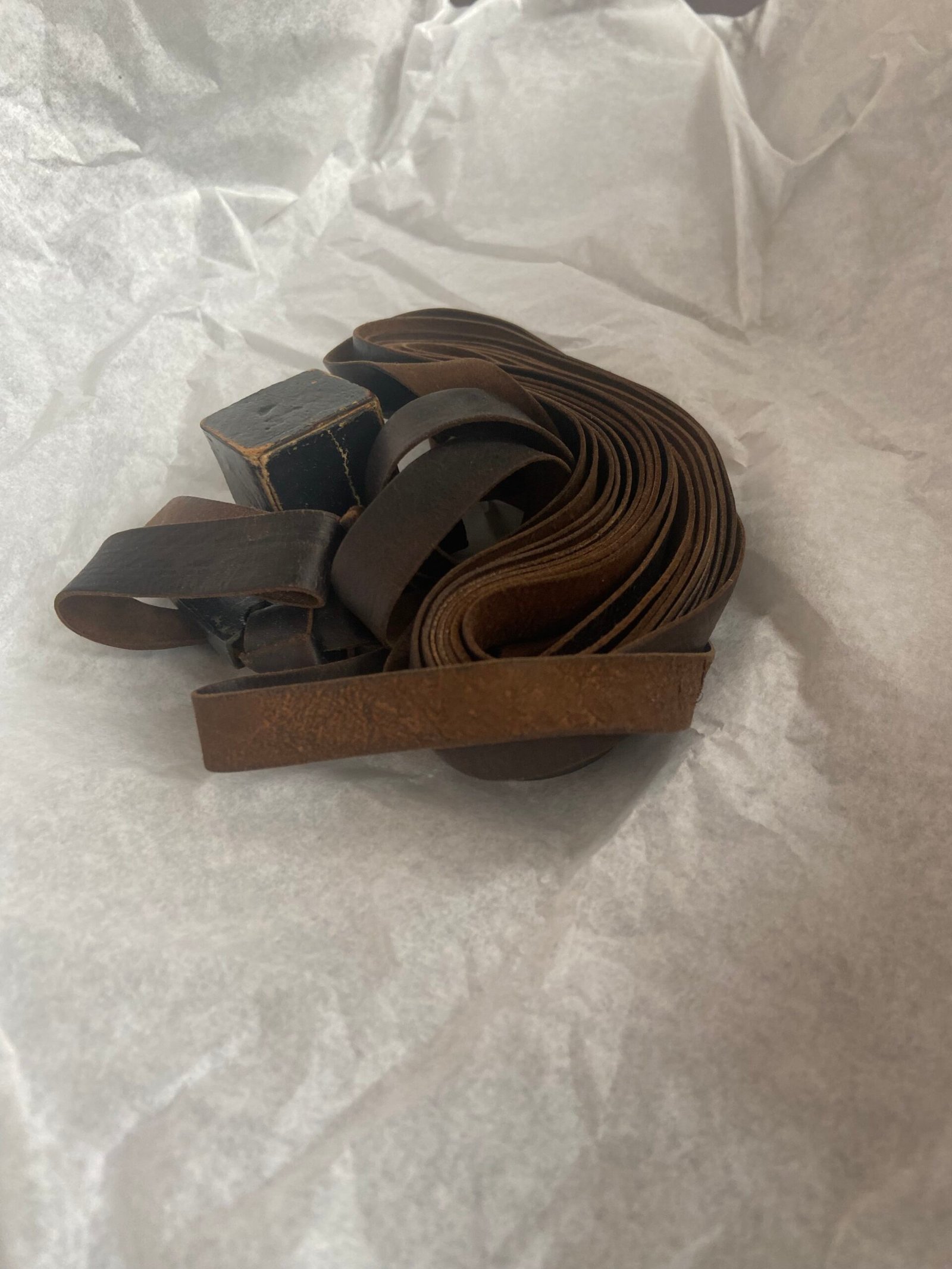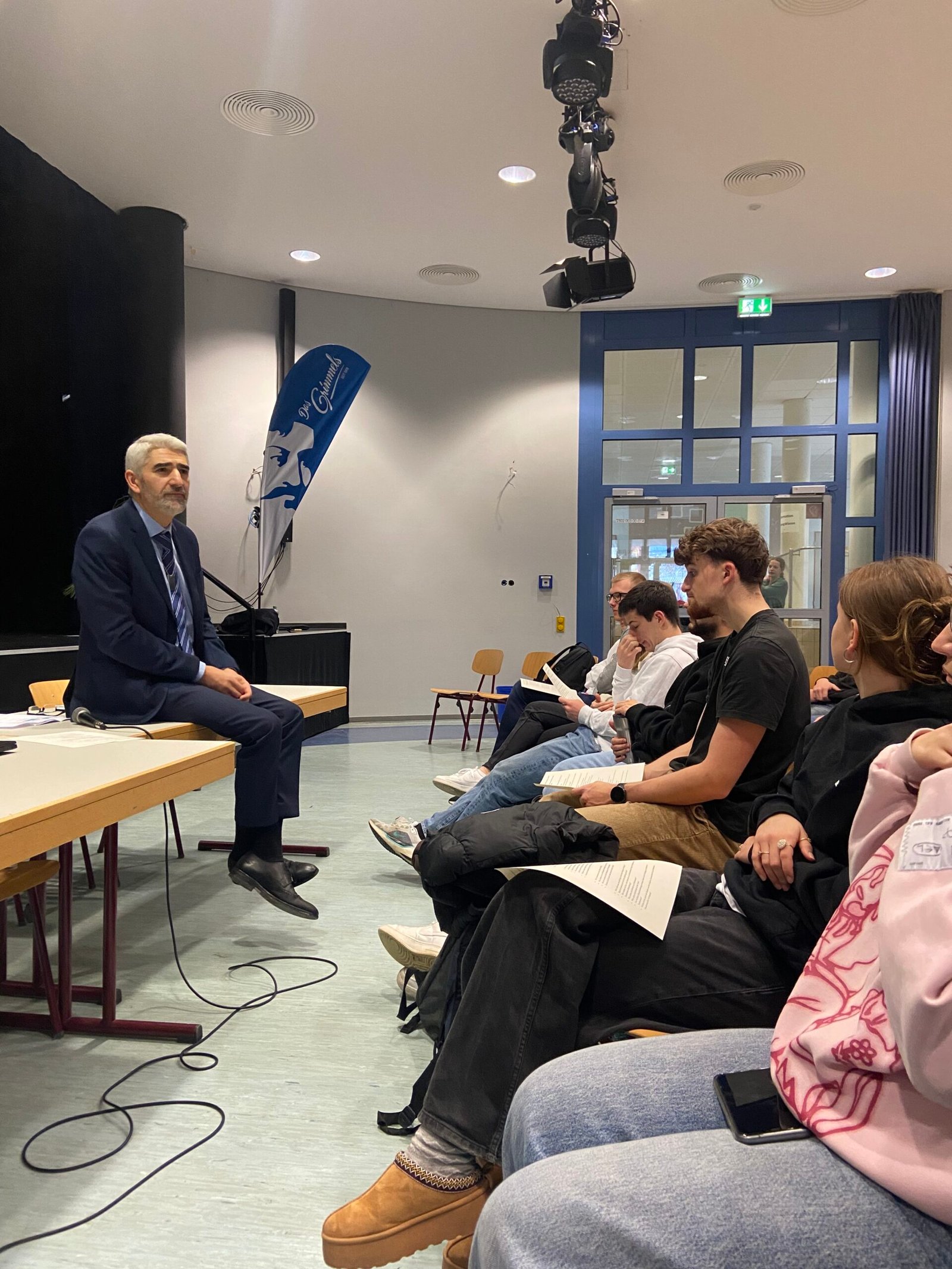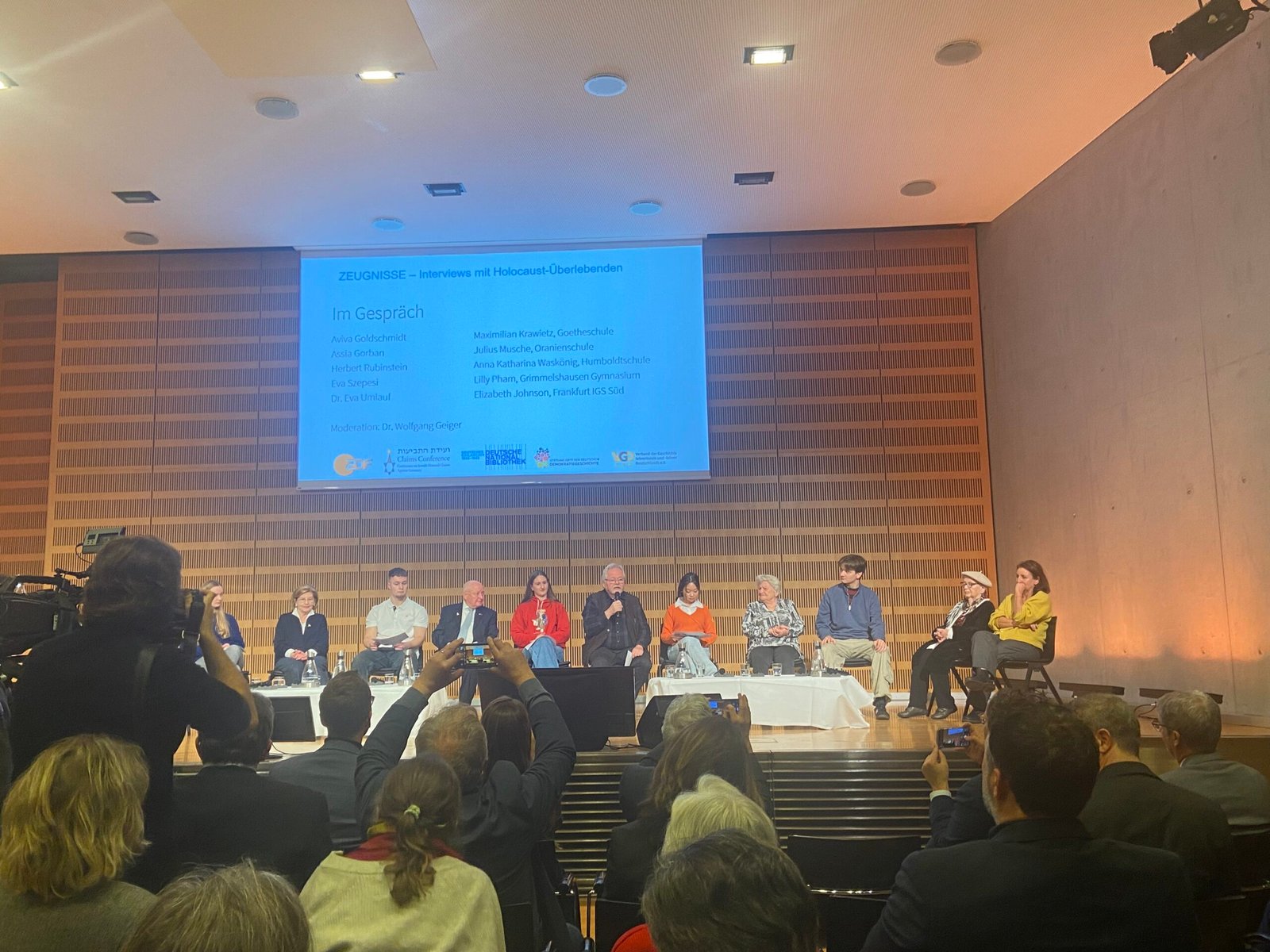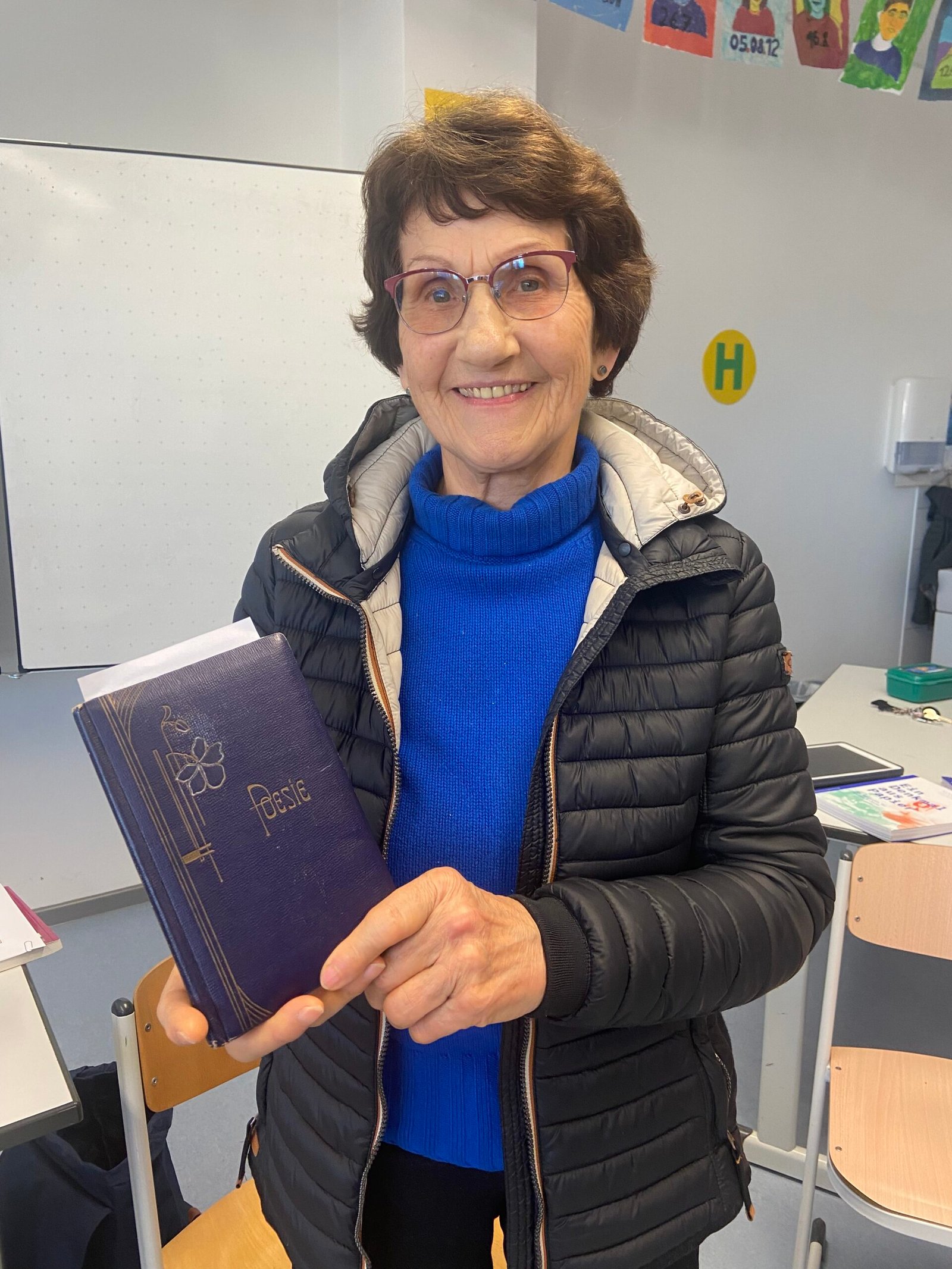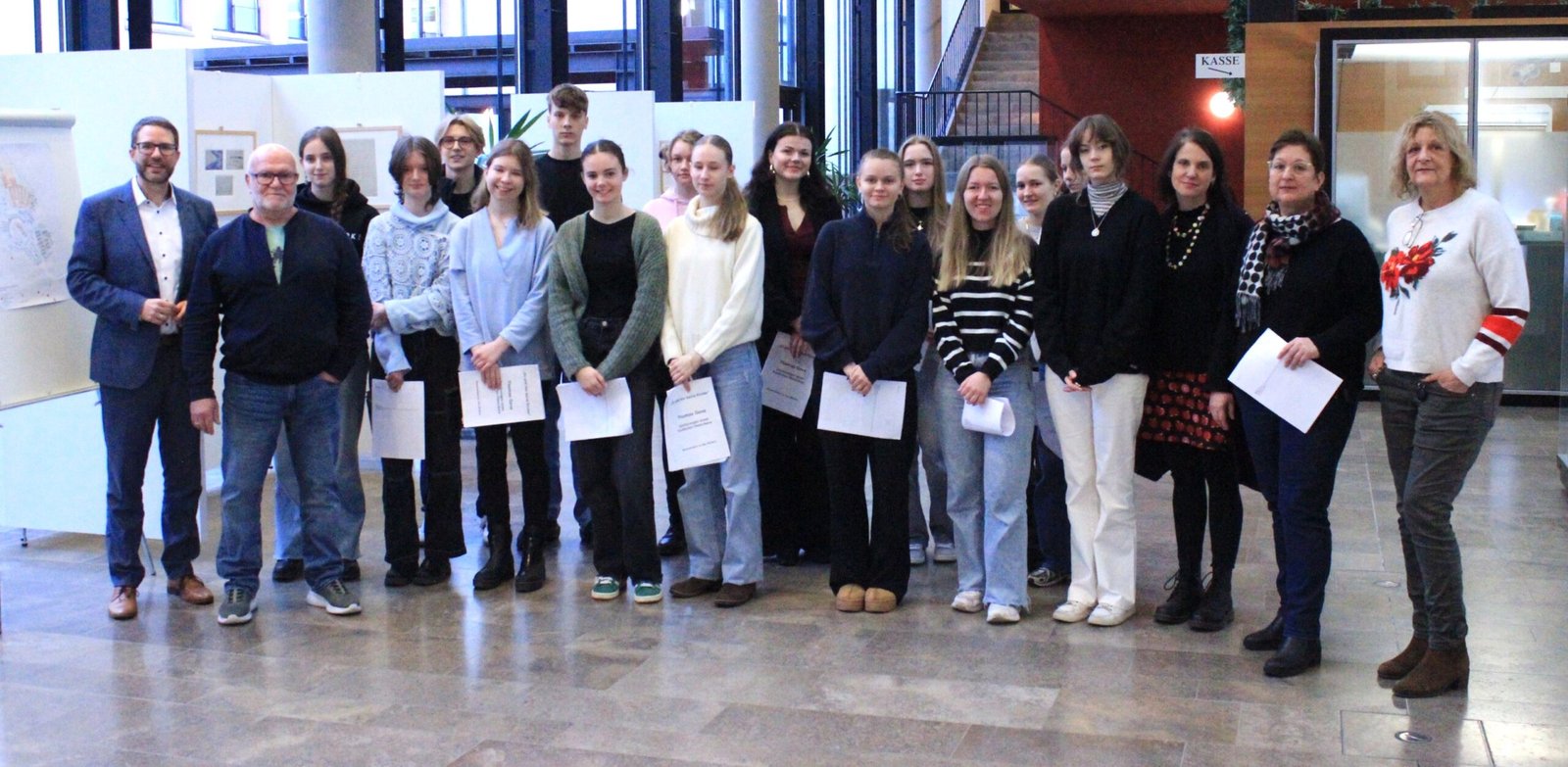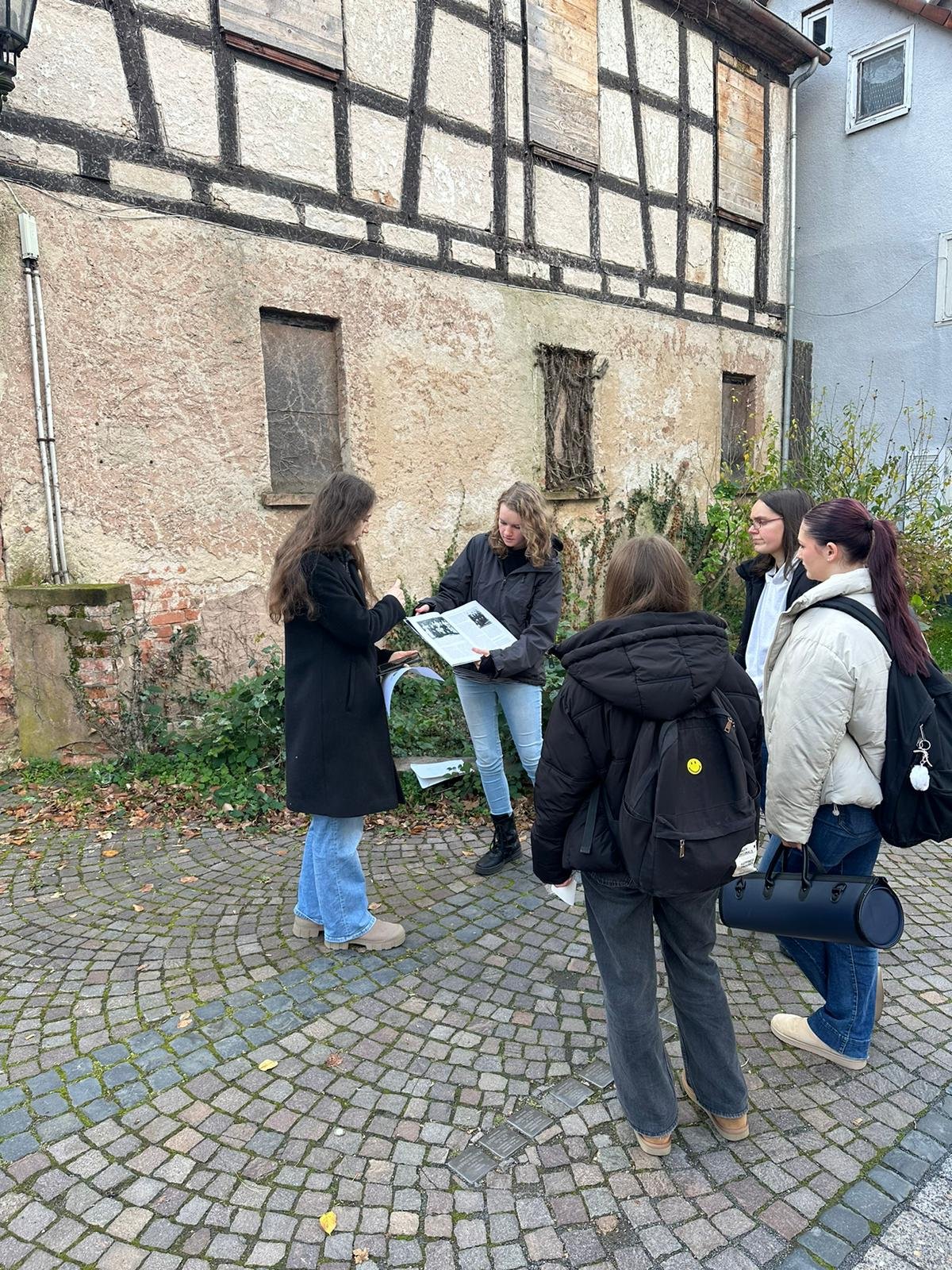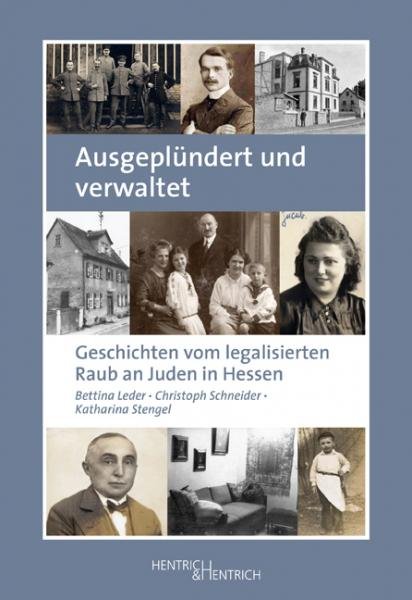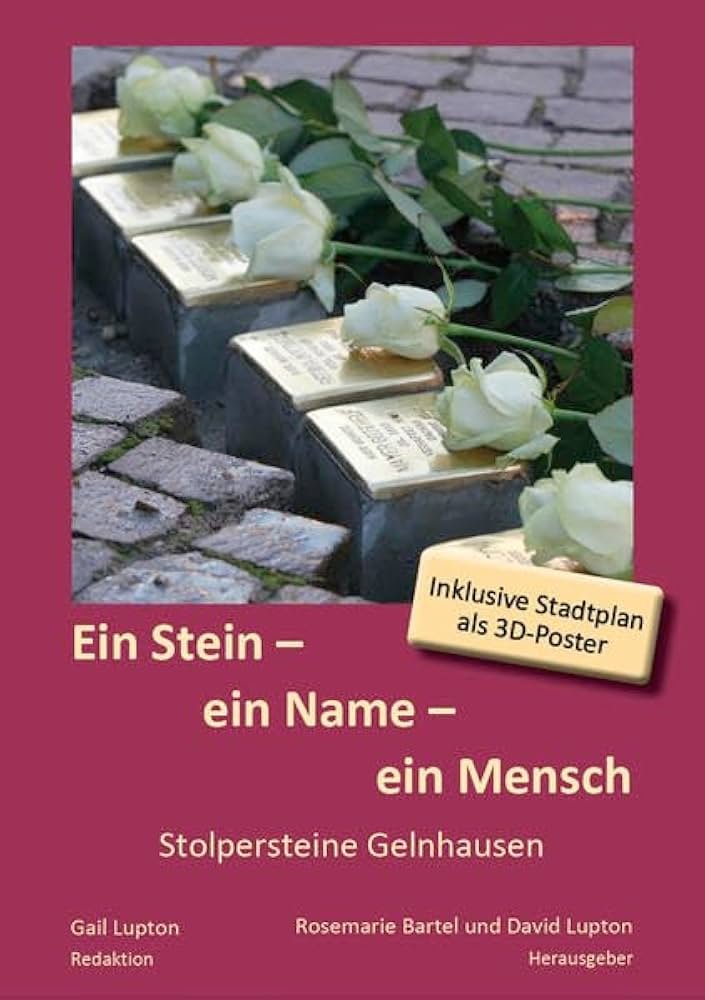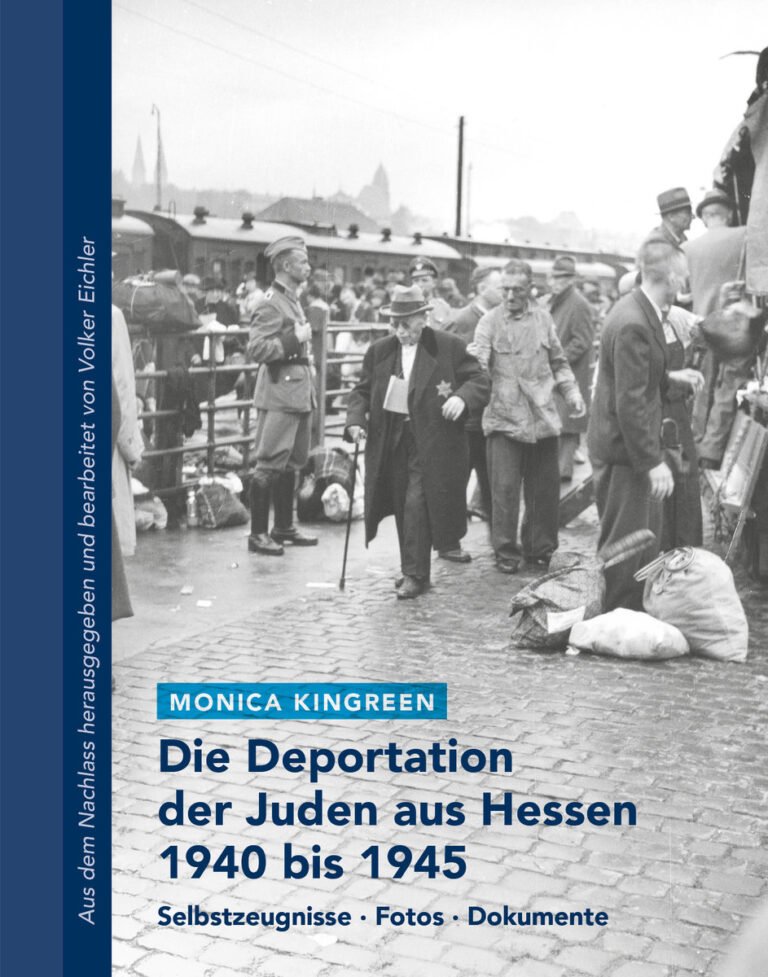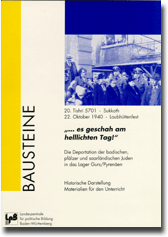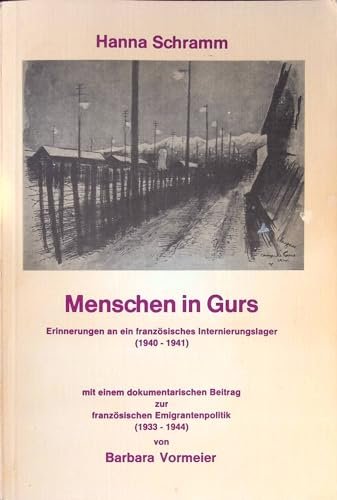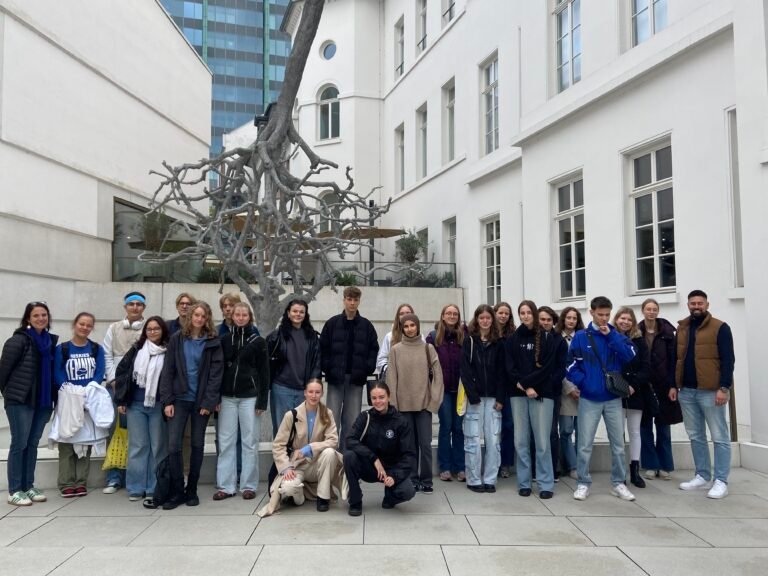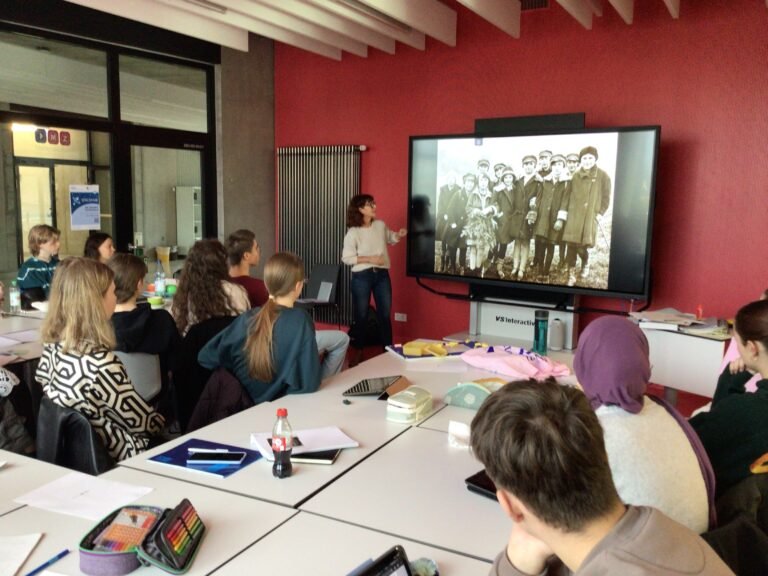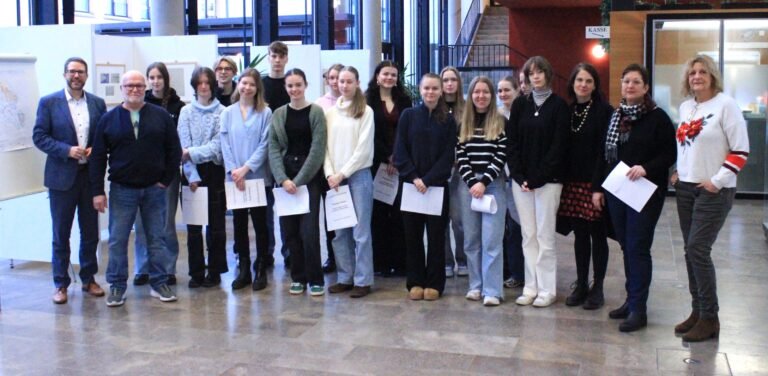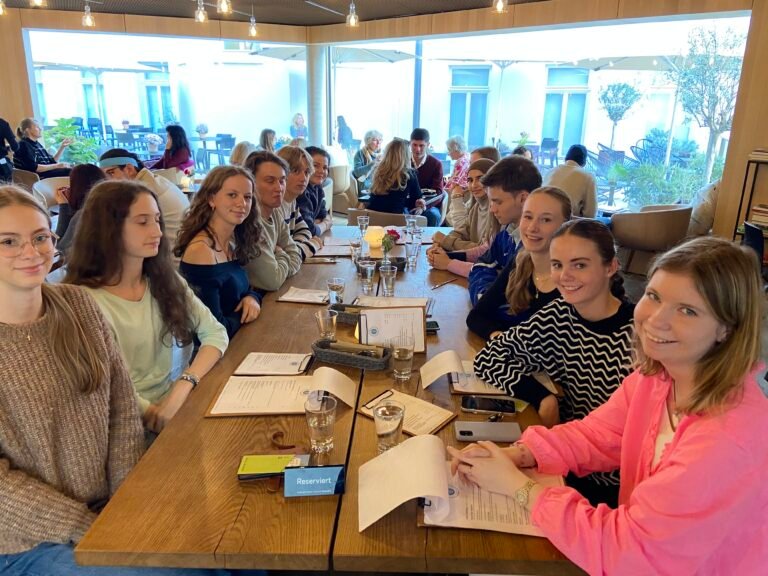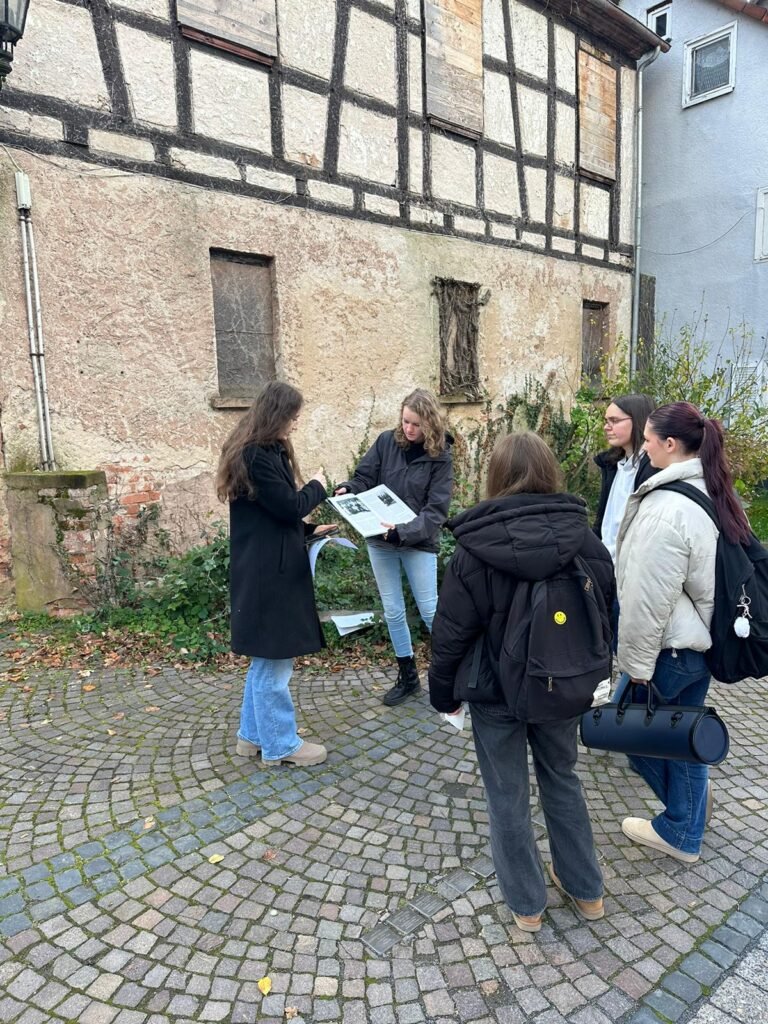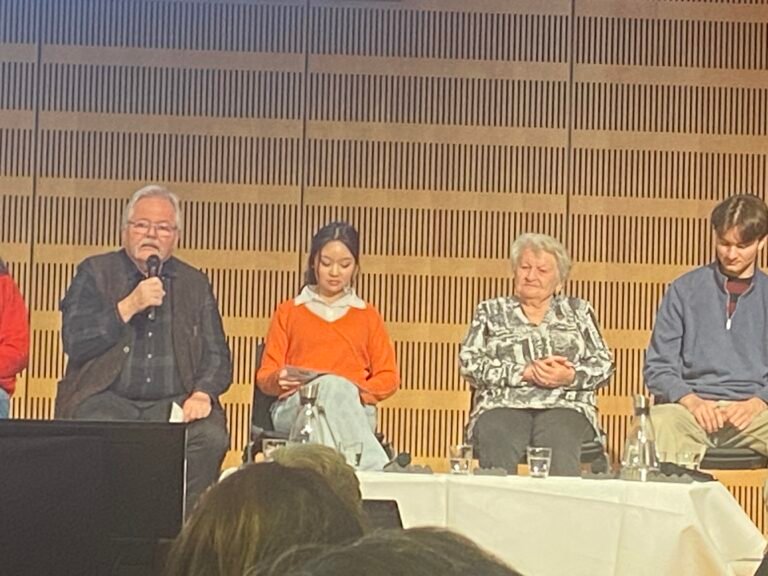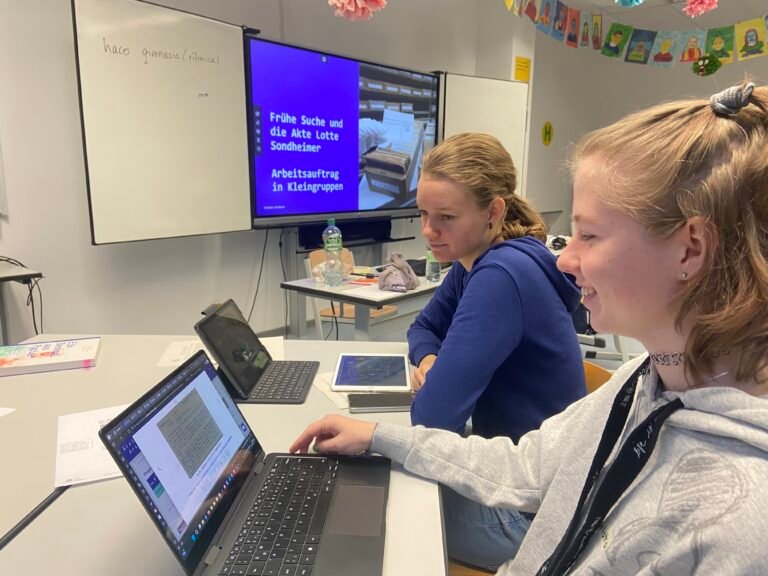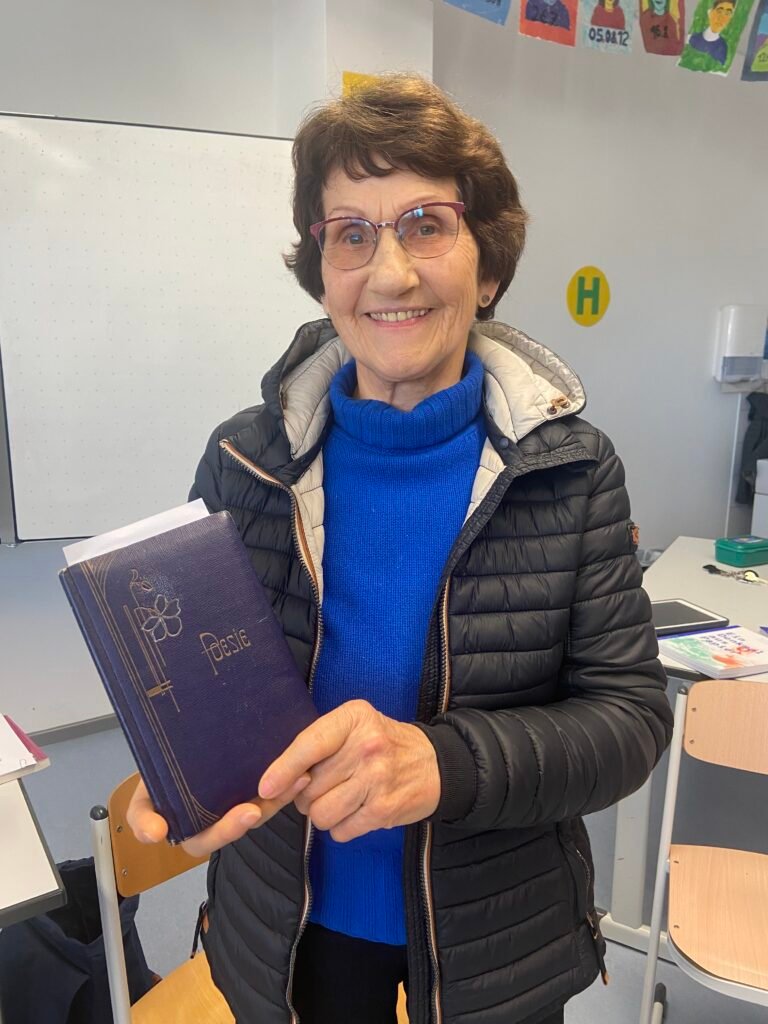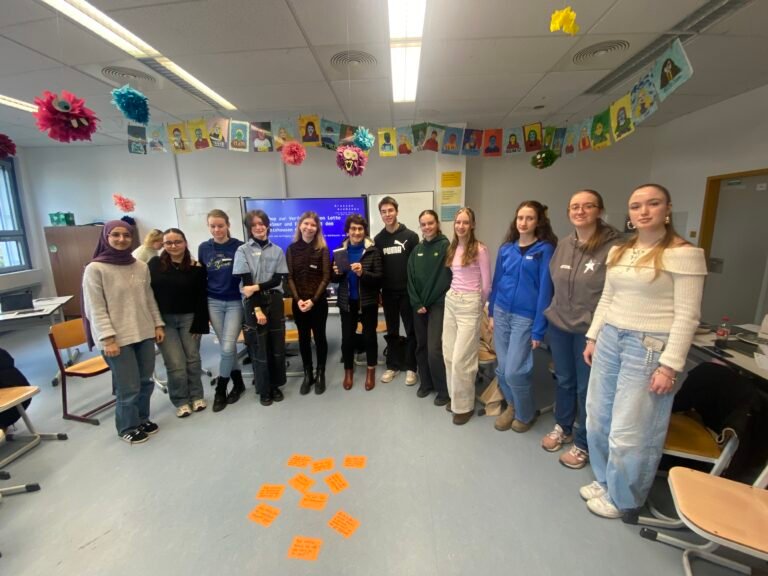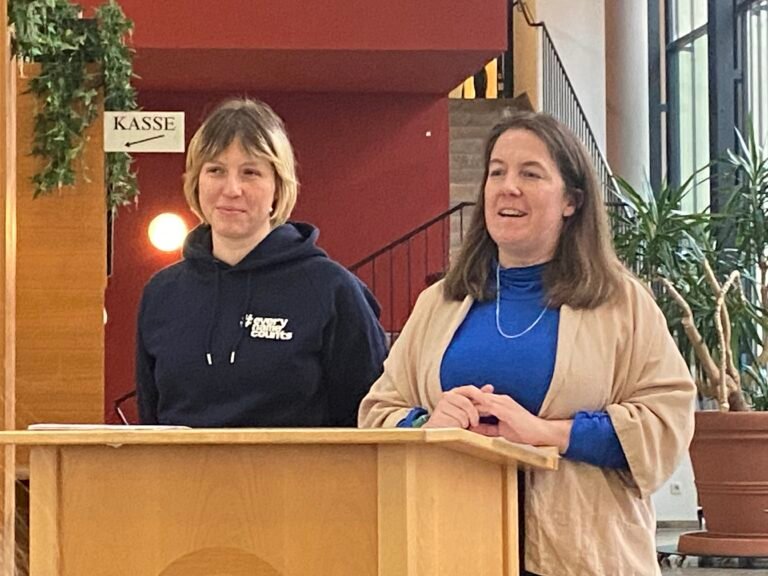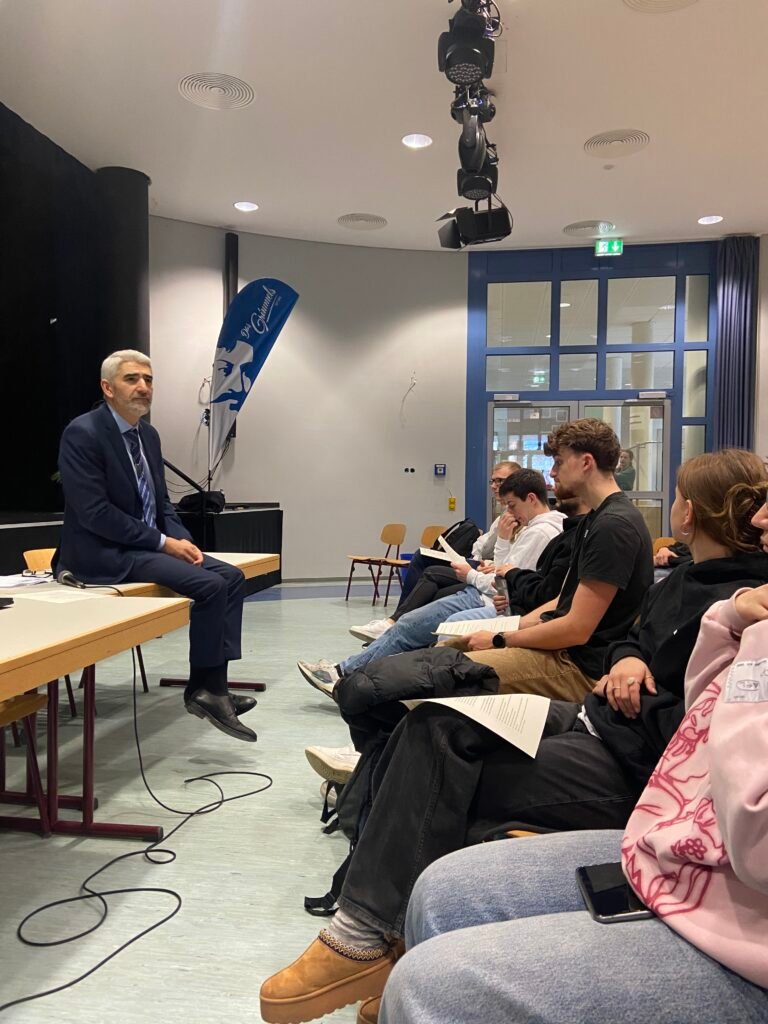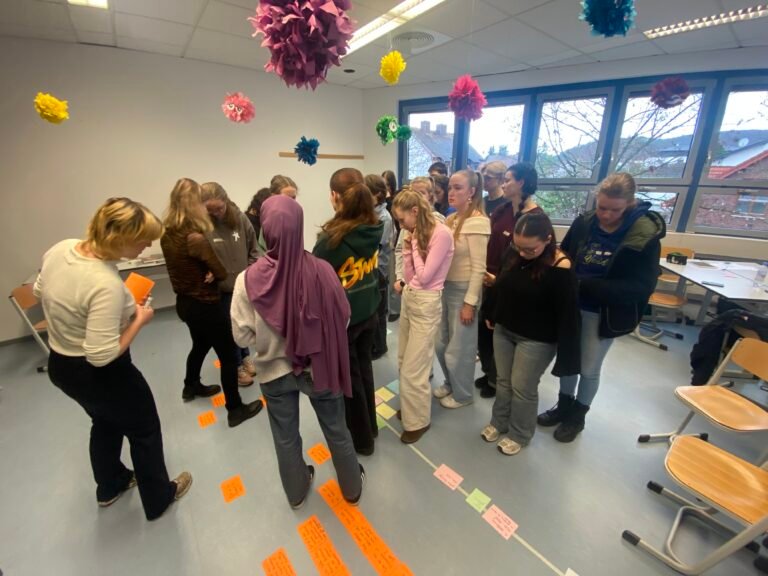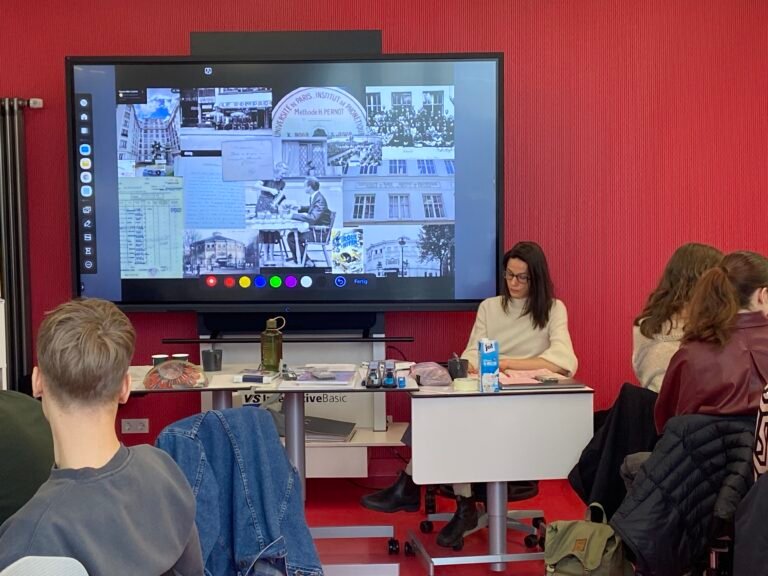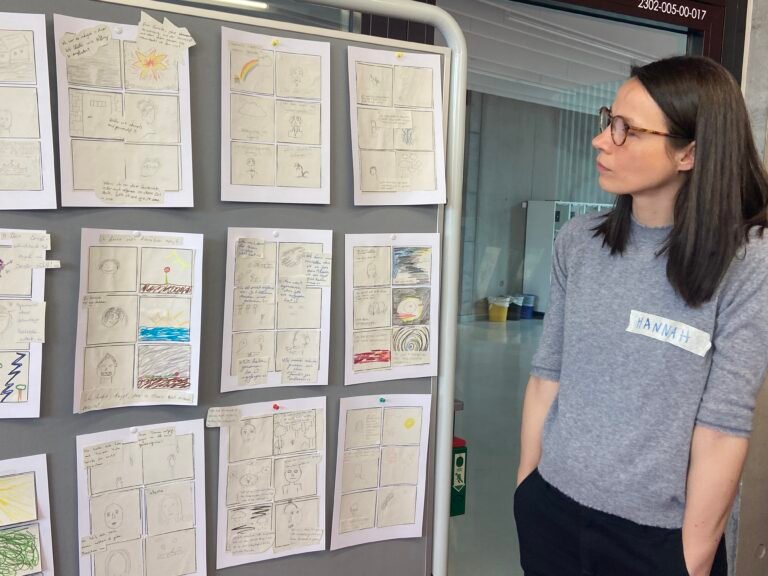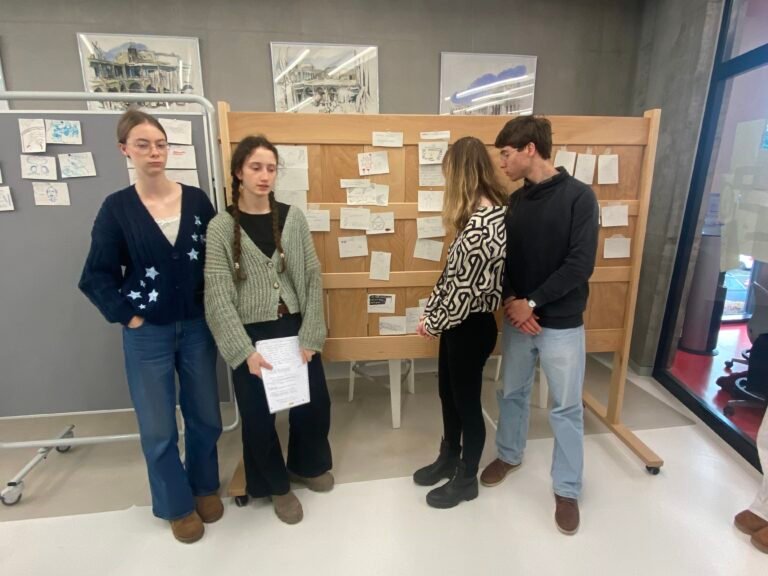Archives: 4
- Archival Document: 1
- Historical Photographs: 1
- Historical Newspapers: 0
- Letters and Postcards (text): 2
- Postcards (pictures), Posters, Flyers, etc.: 0
- Historical Films: 0
- Artifacts: 0
Testimonies: 3
- Survivor - Video testimony: 1
- Survivor - Written testimony: 0
- Survivor - Your Interview: 0
- Witness - Video testimony: 0
- Witness - Written testimony: 2
- Witness - Our Interview: 0
Libraries (recommendation): 9
- Literature (non-fiction) - Scientific literature recommendation: 7
- Literature (non-fiction) - Biography recommendation: 1
- Literature (non-fiction) - Textbooks and literature recommended for education: 1
- Literature and Art - Poetry recommendation: 0
- Literature and Art - Novels, Stories: 0
- Literature and Art - Visual art, Music: 0
Field research recommendation: 6
- Museum, Monument, Memorial, and other marked authentic sites - recommendation: 2
- Authentic sites (not marked) - Sites where relevant historical events took place: 1
- Authentic sites (not marked) - Sites where the events of your story took place - recommendation: 0
- Visit/get in touch with the community/ association/ organization/ representatives of the victim group - recommendation: 3
Records and Tasks
Letter from Anneliese Gies about her friend Lotte
The UNRA wanted to find more information about Lotte (Request of Mrs. Franz Rapp from Washington)
Reporting Card of Lotte Sondheimer and Hamid Dawakli
Lotte and Hamid have been registrated in Gelnhausen for few days. Maybe she planned to live together but realized, that living in Nazi_Germany was no option for them. They registrated on 22.12.1935 and moved back to Paris on 3.1.36
Horst Rosenthal developed a Grafic Novel during his time in Gurs. Mickey beam himself to America - by the help of a rubber - unfortunately nighter Horst nor Lotte have had this possibility. Both have been deported to Auschwitz and killed.
Letter from a holiday at villa Sondheimer
The postcard shows the home of Lotte. She is also mentioned in the text.
Rabbi Soussan visited us at Grimmelshausen Gymnasium Gelnhausen.
Lotte has written a poem in the "Poesiealbum" of her friend 1919
Wissenschaftliche Bibliothek des Grimmelshausen Gymnasiums
Our school's library for scientific literature is our home-base. Most meetings and workshops took place there
Children's paintings of KZ Buchenwald
We had this exhibition in Gelnhausen. Mr Fromm, whose grandfather survived national socialist persecution, has told us about his grandfather's memories
Lotte studies arts in Offenbach
24 Stumbeling Stones – 24 individual Jewish biographies in our hometown. Our students did a guided tour for other classes and people who walked by
"Ausgeplündert und verwaltet". Legalisierter Raub
Die Geschichten dieses Buches erzählen von jüdischen Familien, die in Hessen und Rheinhessen ansässig waren. Sie handeln von Armen und Reichen, Jungen und Alten, von Studenten, Bauern, Kaufleuten, Intellektuellen, Arbeitern, Schülern; von Menschen, die sehr unterschiedlich dachten, glaubten und lebten. Wir fanden ihre Spuren in den Akten der Finanzverwaltung, die ab 1933 penibel den Besitz einer jeden Jüdin und eines jeden Juden registrierte, um ihn dann zu enteignen. Das Buch geht zurück auf Recherchen im Rahmen der Ausstellung „Legalisierter Raub. Der Fiskus und die Ausplünderung der Juden in Hessen 1933–1945“, die 16 Jahre lang durch Hessen und Rheinhessen wanderte und an 30 Ausstellungsorten mit einem jeweils neuen regionalen Schwerpunkt zur Ausplünderung der Bevölkerung am Ausstellungsort zu sehen war. Die Publikation entstand in Kooperation zwischen dem Fritz Bauer Institut und dem Hessischen Rundfunk
Deportationen der Juden aus Hessen 1940-1945
Von 1940 bis 1945 wurden aus dem Gebiet des heutigen Bundeslandes Hessen rund 17.000 Menschen, die das Nazi-Regime als Juden verfolgte, in Ghettos, Konzentrations- und Vernichtungslager deportiert - Frauen und Männer, Säuglinge und Schulkinder, Alte und Kranke. Fast alle sind ermordet worden; kaum mehr als 1.000 haben überlebt. Die Deportationen geschahen vor aller Augen.Erst seit den 1980er Jahren ist dieses Verbrechen - die Entrechtung, Ausgrenzung, Deportation und Ermordung der Jüdinnen und Juden - mitsamt dem konkreten Geschehen vor Ort näher erforscht worden. Inzwischen liegen zahlreiche regionale Veröffentlichungen hierüber vor. Doch fehlte es bislang an einer Gesamtdarstellung zum Land Hessen, obwohl hier besonders viele Juden gelebt haben.Die Pädagogin und Publizistin Monica Kingreen (1952-2017) hat sich dieser Aufgabe gestellt, konnte das Erscheinen ihres Werks aber leider nicht mehr erleben. Dieses Buch beruht auf dem von der Autorin hinterlassenen Manuskript, das von der Kommission für die Geschichte der Juden in Hessen bearbeitet und in Teilen ergänzt worden ist.Das Buch, das sich an einen breiten Leserkreis wendet, versammelt zahlreiche Selbstzeugnisse der Betroffenen.
Es gibt Verdammte nur in Gurs (Gabriele Mittag)
For us the most important book for the history of Gurs
Menschen in Gurs (Hanna Schramm)
Georg Heintz, der den Text von Hanna Schramm herausgegeben hat, bezeichnet Menschen in Gurs als einen Erlebnisbericht, der vor allem „die Verhaltensweise von Menschen dar[stellt], die von einem Tag zum andern aus ihrem Lebensmilieu herausgerissen und unter zunächst unerträglich scheinenden Bedingungen in einem Lager zusammengepfercht wurden. Trotz allem Elend fand die Mehrzahl der Menschen die Kraft, sich nicht ‚unterkriegen‘ zu lassen und versuchte mit Zähigkeit, im Rahmen des Möglichen der Schwierigkeiten Herr zu werden.“[10] Diesen Eindruck hatte auch Klaus-Peter Schmid in seiner Zeit-Rezension: „Dieses Buch ist weder ein literarisches noch ein wissenschaftliches Werk, sondern ein Erlebnisbericht, der in einfacher, gelegentlich sogar unbeholfener Sprache eindringlich ein trauriges Kapitel deutsch-französischer Geschichte beschreibt: die Internierung deutscher Staatsangehöriger in Frankreich nach Ausbruch des Zweiten Weltkriegs. […] Hanna Schramm beschreibt das Lagerleben: Monotonie, Hoffnungslosigkeit, Krankheit, Tod. Das sind Zeugnisse der Resignation vor der ausweglosen Alternative Rückkehr in das faschistische Deutschland oder Dahinvegetieren in einem unmenschlichen Barackenlager, Zeugnisse aber auch unerschütterlichen Lebenswillens.“[11] Ein Beispiel dieses „unerschütterlichen Lebenswillens“ schildert Hanna Schramm in der Person von Lou Albert-Lasard: „Wir wußten wohl, daß eine ganze Anzahl bildender Künstler im Lager war. Im Sommer 1940 hatten wir Lou Albert-Lazard, eine der zahlreichen Freundinnen Rilkes, gekleidet in wallende weiße Gewänder, einen riesigen Kalabreser aus Stroh auf dem roten Schopf, im Nachbarîlot mit dem Skizzenblock unterm Arm herumwandern und nach Modellen fahnden sehen. Die Frauen waren zuerst irritiert, aber dann gewöhnten sie sich an die ‘verrückte Malerin’, wenn sie sie, in einer Ecke der Waschbaracke hockend, als Aktmodelle benutzte. So entstanden zahllose Blätter mit rasch hingeworfenen, sehr reizvollen Skizzen. Gegen Ende des Sommers wurde Lou Albert-Lazard befreit und verließ das Lager.“[12] (Wikipedia Hanna Schramm)
Project Journal
11.10.24 First excursion to the Jewish Museum in Frankfurt
We had a guided tour through the exhibition focused on jewish life in history and today, the stories of 3 families from Frankfurt (Senger, Frank and Rothschild), jewish identity and religion.
-
28.10.24 STUMBELINGSTONES - 24 individual jewish biographies
-
24 Stumbeling Stones – 24 individual Jewish biographies in our hometown
-
Students showed the first results of their individual research. 24 biographies based on the stumbeling stones. We worked on connections and the routes of deportation.
-
Working with an expert
-
Christine Raedler (Zentrum für Regionalgeschichte) worked with us. We studied historical sources („Nachweisung jüdischer Bewohner Gelnhausens vom 9.11.1933“) and tried to read „Sütterlin”.
-
Place based learning in the former synagogue
-
Guided tour with Christine Raedler
- 11.11.24 Guided tour to the stumbling stones
- Our students will be standing for 2 hours beside “their” stumbeling stones and will give information to other students and people that walk by.
- (3 courses grade 11 participated: Andrea Diallo, Fabian Beß und Lukas Walz)
27.11.24 Getting focussed (Working with Arglosen Archives)
The students presented the biographies and sources, they have been working with, to Marlene and Lilja (Arolsen Archives). Marlene an Lilja explained, how the archives work and in which ways the students can use the online archive for their individual research. We all discussed, how to focus and finally have choosen the life of Lotte Sondheimer and her family to get in the center of the project "Facts not fiction". The Arolsen archives contain some search querys.
28.11.24 Meet a rabbi
We invited Rabbi Julien Soussan from Frankfurt to talk with the project's participants and students from Q3 about jewish religion and life today. We also talked about the actual situation in Israel and Gaza. Later Rabbi Soussan also talked with a group of teachers.
26.11.24 Talking with survivors
We participated at an event organiszed by ZDF and the Jewish Claim Conference in the National Library in Frankfurt. Students from 5 schools had the possibility to talk to survivers of the holocaust.
Workshop with Arglosen Archives
Lilja Girgensohn und Marlene Jansch from Arolsen Archives worked with the sudents: the work of Arolsen Archives / KnowHow of working with historical documents / workimg in Teams: history of family Sondheimer / Timline / finding main topics
16.1.25 Exhibition: Children's drawings of KZ Buchenwald
Anyone who closes their eyes to the past becomes blind to the present - These were the words of the district administrator Thorsten Stolz on Thursday, January 16, 2025; who quoted the former Federal President of Germany Richard von Weizsäcker to open the exhibition “Es gibt hier keine Kinder” (There are no children here) in the presence of students from the Grimmelshausen-Gymnasium Gelnhausen (a secondary school). The exhibition shows 80 drawings of the Holocaust survivor Thomas Geve in the Main-Kinzig-Forum in Gelnhausen. Werner Fromm of Langenselbold was very involved in this exhibition and reported on the personal experiences of his grandfather, who was also imprisoned in the concentration camp of Buchenwald from 1938-44, as a trade unionist and communist. Thomas Geve was a teenager when the National Socialists captured him, and his drawings document his stays in the concentration camps of Birkenau, Auschwitz, Groß-Rosen and Buchenwald. The cruel conditions of his everyday life described in detail on small pieces of paper. The arrival at the ramp at the age of 13, the selection, the disinfection and the tattooing of his prisoner number (Pic. 1), the meager food, hard forced work, hunger (Pic. 2) and illness, camp life, harassment, a gas chamber such as the plans of the various camps in which Geve was interned, the young man kept everything with extreme precision.
Furthermore, the memories of a past school time, are reflected in the “Auschwitz-ABC” (Pic.3). According to Geve it starts with “Appel, block and capo and ends with washing room and fence (Zaun in German, as z is the last letter). For me wearing a blue-white striped prisoner uniform these words were my life for 22 months- in Birkenau, Auschwitz, Groß-Rosen and Buchenwald. I was always alone in the camp, without any family members and just a small number of friends, who one by one disappeared.”
Geve started drawing during his stay in Auschwitz and continued to capture everything on paper right after he was liberated in Buchenwald 1945. But due to his critical state of health, he was forced to stay in the camp. Not being able to move somewhere else, the boy used this time to continue his documentation of his cruel experiences in the system of the national socialists. Originally Geve’s plan was to show the drawings to his father as a report, who managed to successfully flee from Germany to Great Britain, that is why the boy took his drawings with him when he was brought to a children’s home in Switzerland. Finally, the drawings got into Israel and were brought to the museum Yad Vashem. Such a contemporary testimony from a young person’s perspective is of incredible value. And even though these drawings are not as famous as the diary of Anne Frank, they are just as important. These individual fates illustrate the inhuman brutality of the Holocaust.
The project “Facts not Fiction” which is led by Christine Bischoff and Lukas Walz at the Grimmelshausen-Gymnasium in Gelnhausen deals with the life of Lotte Sondheimer, a Jew from Gelnhausen who was murdered in Auschwitz 1942 at the age of 35 years. Students of the project group were particularly impressed by the exhibition and felt encouraged in their own research. They too do not want to close their eyes to the past and find new, unknown facts. Additionally, the group is supported by the leader of the center for regional history in Gelnhausen, Christine Raedler, the “Arolsen Archives”, the international archive for victims and survivors of the holocaust as well as the European Union. The research group aims to produce a fact- based “Graphic Novel” about the life of Lotte Sondheimer.
The Buchenwald Memorial Foundation’s traveling exhibition with children’s drawings by Thomas Geve can be seen until the end of January during the opening hours of the district office.
Yvonne Opalla and Kathleen Heinz
6.2.25 Film "Nacht und Nebel" (By Resnais)
24.2.25 Zoom workshop - How to develop Grafic Novels (with Hannah Brinkmann)
Looking for Lotte S. - On the way to the graphic novel - How can puzzle pieces of a life be translated into the visual language of a graphic novel? How can feelings be depicted graphically? How to fill in gaps and gaps in memory or research? How can we portray ourselves as part of the story? Pupils from the ‘Facts not fiction’ project group explored questions like these in a Zoom meeting with Berlin artist Hannah Brinkmann on 24 February 2025, with Arolsen Archives staff Marlene Jatsch and Lilija Girgensohn, educational partner of the Grimmels also present in the background.
After the students had given a brief insight into the results of their research, Hannah Brinkmann used selected examples of graphic novel literature to demonstrate design and presentation elements as well as artistic approaches to history.
Art Spiegelmann's series ‘MAUS.Geschichte eines Überlebenden’ (1986) is a first example. By depicting people as animals, the racial thinking of the Nazis is taken to the extreme here. As a creative motif, Hannah refers to the exercise bike on which the father sits while he talks about Auschwitz - a pictorial form of representation of stagnation in relation to memory.
‘The Diary of Anne Frank’ (2017), illustrated and narrated by Ari Folman and David Polonski, impressively depicts how Jews lost more and more freedom of movement in the 1930s and how the Frank family - as an example for many - had to live in hiding for years. The depiction of the inhabitants of the house as wind-up dolls - always the same lyre.....
Nora Krug chose a different, collage-like narrative form in her biographical graphic novel ‘Heimat’ (2018), in which she depicts her very individual confrontation with her family history, guilt, belonging and identity.
What do people who experienced and survived the Holocaust as children remember? This is the starting point of Emmie Arbel's life story, which Barbara Yelin tells in the graphic novels ‘Aber ich lebe’ (2022) and ‘Emmie Arbel. The Colour of Memory’ (2023). What is exciting about her approach is the interweaving of present and past. For example, a sugar spoon, the only figurative memento of the protagonist's mother, leads back into the history of memory. The artist's encounter with the Holocaust survivors is also narrated as part of the story.
Hadya picks up on this idea in the subsequent conversation: ‘I think it would be exciting if we could also have ourselves drawn and thus become part of the story.’ Anna had the idea of playing with colours and their symbolic power: ‘In the course of Lotte's story, the colours may increasingly fade. But I believe that when she plays theatre, the colours are bright and vibrant again, because theatre was perhaps a momentary escape from hopelessness for her.’ How do we depict what we don't know? was a question that occupied Felix and Maike. Perhaps a hole or a dark spot is suitable for showing gaps in memory or what has been lost.
In the second part of the workshop, Hannah Brinkmann presented her own work and impressed the audience with a reading from ‘Zeit heilt keine Wunden. The life of Ernst Grube’ (2024). As a child, Grube survived Theresienstadt and later joined the communist movement in West Germany, where he was convicted and imprisoned. In addition to dealing with anti-Semitism during the Nazi era, Brinkmann's work also critically examines anti-communism in the young FRG. What is impressive for those listening and watching the reading via Zoom is how Hannah Brinkmann succeeds in visualising emotions through forms and plant metaphors.
The artist's expressive visual language and her reflective approach to history as well as her sensitive focus on the human made the project participants curious about the joint workshop on 13 and 14 March, in which Hannah Brinkmann will work with the pupils at the Grimmels.
Christine Bischoff and Lukas Walz
13.-14. 3.25 The construction of the storyboard
13.3.25 Exhibition "Solen Memory"
31.3.25 Zoom meeting with the historical Caroline Hebrling
3.-4.4.25 Excursion to "80 years of liberation of KZ Ohrdruf"
3.4.-6.4.25 Conference in Bratislava
The Project Team
22 students form grade 10 and 11 (Anna, Annabelle, Felix, Marie, Carlotta, Emily, Maike, Alisson, Yannick, Janink, Amelie, Jonathan, Yvonne, Kathleen, Max, Leonie. Tim, Hadya, Tomris, Julia, Clara, Marlene)
2 teachers (Christine Bischoff and Lukas Walz)
1 local-historian (Christine Raedler)
AROLSEN ARCHIVES (Lilja Girgensohn, Marlene Jatsch)

